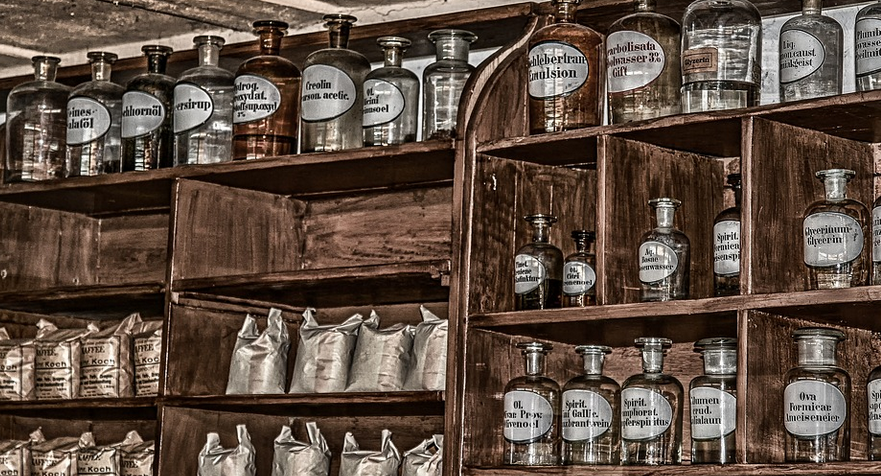The Early Years
August Kekule was born in Darmstadt, Germany in 1829. He was a brilliant student, and after completing his education, he became a professor of chemistry.
In the 1850s, Kekule became interested in the structure of benzene, a compound that had been known for many years but whose structure remained a mystery. At the time, most chemists believed that benzene was made up of three carbon atoms and three hydrogen atoms.
The Breakthrough
One day in 1865, Kekule had a breakthrough. He was sitting by the fire, staring into the flames, when he had a vision of snakes biting their own tails. This image led him to propose that the structure of benzene was not linear, but rather a ring of six carbon atoms with alternating double bonds.
At the time, Kekule’s proposal was met with skepticism. However, he continued to refine his theory and eventually convinced the scientific community that he was correct.
The Legacy
Kekule’s discovery of the structure of benzene was a major breakthrough in the field of organic chemistry. It paved the way for further research and discoveries, and it helped to establish the field of structural chemistry.
Today, benzene is used in a wide range of products, including plastics, rubber, and gasoline. Thanks to Kekule’s work, we now have a better understanding of its structure and properties.
Conclusion
August Kekule’s discovery of the structure of benzene was a major breakthrough in the field of chemistry. His vision of snakes biting their own tails led him to propose the ring structure that we still accept today. This discovery has had a profound impact on the field of organic chemistry and continues to be studied and applied in many different industries.

